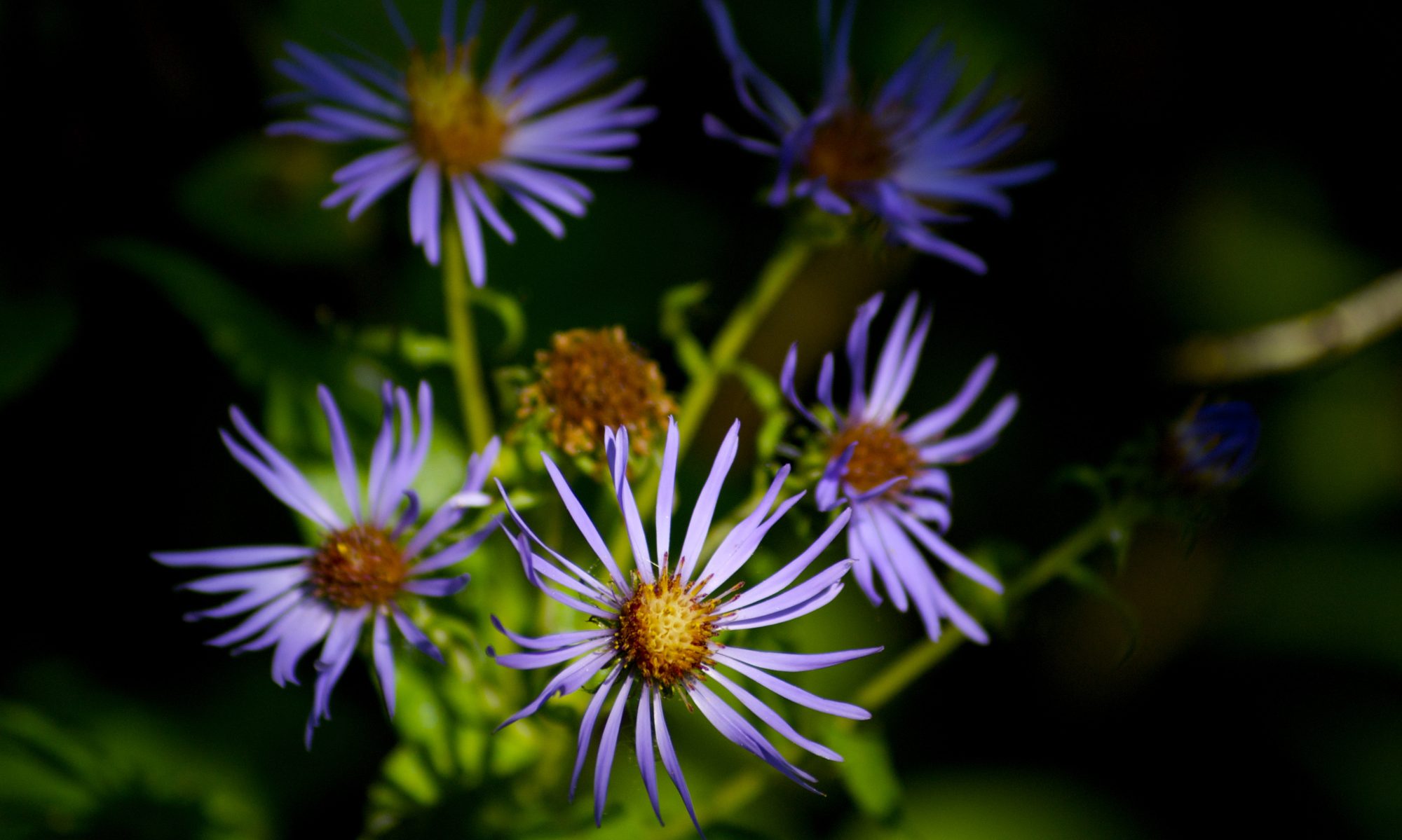To help to celebrate Spider Monday, here are a few spider-related papers from the archives of the Journal of Entomological Society of British Columbia.
A fantastic survey of everything spider in British Columbia. My favorite paragraph:
Large areas and many specific habitats of BC remain uncollected and no doubt many list additions are still to come, especially from northern areas and the deep south of Be. No effort has been made to produce a comprehensive, habitat-specific spider inventory for any area in BC. That new records can be made with relative ease is suggested by the following examples: hundreds of specimens of a gnaphosid previously only known from a couple of Washington specimens turned up in a simple pitfall study in Burnaby (see cover of Journal of the Entomological Society of BC, Vol. 96, 1999), the first specimen of a new family record for Canada came from the carpet of a provincial government office (Bennett and Brumwell 1996), and a new species record for BC came from the bathtub of an Osoyoos motel (Bennett unpublished data) in 2001.
Bennett also quotes himself, writing in another excellent article that can be found here at the Biological Survey of Canada:
…spiders are ruthless storm troops in the matriarchal anarchy that is the arthropod world: theirs is the most diverse, female-dominated, entirely predatory order on the face of the earth. As such, spiders are key components of all ecosystems in which they live.
And, since I already linked to the 1999 spider cover, above, I should also link to a couple of others from the covers of the 2004 and 1993 issues.
Speaking of new records, there is this paper on a new spider family record in Canada:
That article also contains some helpful drawings of spider genitalia. In case you didn’t know, arachnologists and entomologists are into that kind of thing.
Of course, the only way that we’re ever going to know what lives in remote locales is to go and visit those places ourselves. Nothing beats boots on the ground. This paper covers just that type of work, surveying spiders in a part of the world that very few of us will ever see:
Here is an addition to a checklist of the spiders of British Columbia. The addition points back to a previous revised checklist from 1984 that we have yet to get online in the JESBC archives. Here is the addition:
Species checklists (and regular updates) are vital for understanding biodiversity and monitoring shifts in diversity over time. Along with that, it is important to get down to the natural history of the individual species on those checklists. Each species is, in itself, several careers-worth of work… at least. This type of work is arguably even more important when human influences (e.g. agriculture) are present. Here is a paper that outlines the emergence times of a variety of arthropods, including a mixture of spider species, in pear orchards:
Humans (and other factors) do indeed have massive effects on biodiversity. Unfortunately we often only notice those effects when we start to see the decline in the numbers of one species or another. This, of course, assumes that we are even taking notice of some of these small creatures that are so prevalent, but often so hidden from our literal or metaphoric view. This occasional paper published by the Entomological Society of British Columbia offers an extensive coverage of likely-or-actually-at-risk spineless animals in this province that often escape notice, but which provide many of the so-called “ecosystem services” that we all rely upon. There is a long list of spiders, starting on page 10:
—
Have a happy Spider Monday, and be sure to say hi to one of our eight-legged friends if you happen to come across one.
